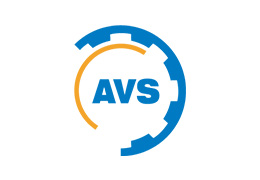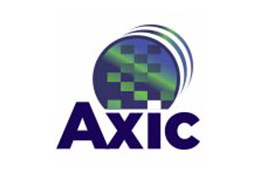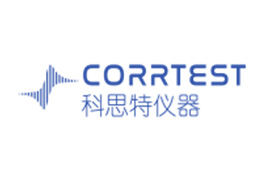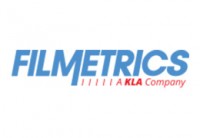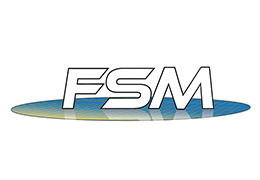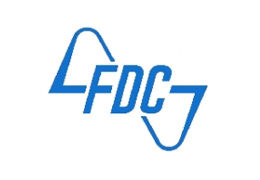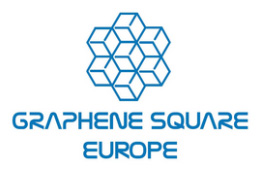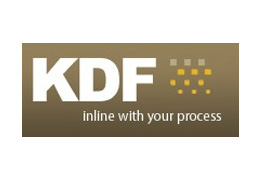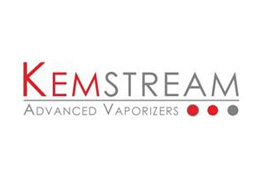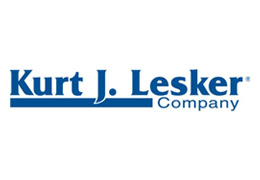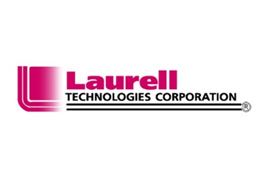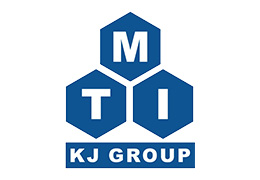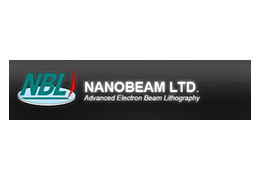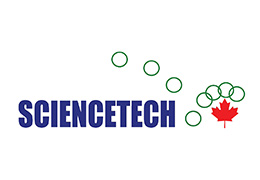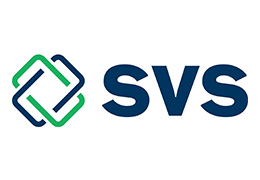Phone(+65) 6284 3818 | sales@premier-sols.com | Enquriy |
Lanthanum Strontium Manganate (La0.7Sr0.3MnO3) Sputtering Targets
Description
Premier Solutions Pte Ltd is distributing Kurt J Lesker Coporation (KJLC) comprehensive offering of sputtering targets, evaporation sources and other deposition materials which is listed by material throughout the website. Technical specifications of Lanthanum Strontium Manganate (La0.7Sr0.3MnO3) Sputtering Targets and ordering information is available. Below you may find budgetary pricing for sputtering targets and deposition materials per your requirements. Actual prices may vary due to market fluctuations. Contact This email address is being protected from spambots. You need JavaScript enabled to view it. for current pricing or for a quote on sputtering targets and other deposition products not listed.
Material Notes
- "Indium" Bonding is recommended for these materials. Many materials have characteristics which are not amenable to sputtering, such as, brittleness and low thermal conductivity.
- Other compositions are available on request.
- This material may require special ramp up and ramp down procedures. This process may not be necessary with other materials. Targets that have a low thermal conductivity are susceptible to thermal shock.
Ordering Table
| Materials | Size | Purity | Parts # | Price |
| Lanthanum Strontium Manganate | 1.00" Dia. x 0.125" Thick | 99.900% | EJTLSMO301A2 | P.O.R. |
| Lanthanum Strontium Manganate | 1.00" Dia. X 0.250" Thick | 99.900% | EJTLSMO301A4 | P.O.R. |
| Lanthanum Strontium Manganate | 2.00" Dia. x 0.125" Thick | 99.900% | EJTLSMO302A2 | P.O.R. |
| Lanthanum Strontium Manganate | 2.00" Dia. X 0.250" Thick | 99.900% | EJTLSMO302A4 | P.O.R. |
| Lanthanum Strontium Manganate | 3.00" Dia. x 0.125" Thick | 99.900% | EJTLSMO303A2 | P.O.R. |
| Lanthanum Strontium Manganate | 3.00" Dia. X 0.250" Thick | 99.900% | EJTLSMO303A4 | P.O.R. |
| Lanthanum Strontium Manganate | 4.00" Dia. x 0.125" Thick | 99.900% | EJTLSMO304A2 | P.O.R. |
| Lanthanum Strontium Manganate | 4.00" Dia. X 0.250" Thick | 99.900% | EJTLSMO304A4 | P.O.R. |
| Lanthanum Strontium Manganate | 5.00" Dia. x 0.125" Thick | 99.900% | EJTLSMO305A2 | P.O.R. |
| Lanthanum Strontium Manganate | 5.00" Dia. X 0.250" Thick | 99.900% | EJTLSMO305A4 | P.O.R. |
| Lanthanum Strontium Manganate | 6.00" Dia. x 0.125" Thick | 99.900% | EJTLSMO306A2 | P.O.R. |
| Lanthanum Strontium Manganate | 6.00" Dia. X 0.250" Thick | 99.900% | EJTLSMO306A4 | P.O.R. |
| Lanthanum Strontium Manganate | 7.00" Dia. x 0.125" Thick | 99.900% | EJTLSMO307A2 | P.O.R. |
| Lanthanum Strontium Manganate | 7.00" Dia. X 0.250" Thick | 99.900% | EJTLSMO307A4 | P.O.R. |
| Lanthanum Strontium Manganate | 8.00" Dia. x 0.125" Thick | 99.900% | EJTLSMO308A2 | P.O.R. |
| Lanthanum Strontium Manganate | 8.00" Dia. X 0.250" Thick | 99.900% | EJTLSMO308A4 | P.O.R. |
Material Notes:
- "Elastomer" Bonding is recommended for these materials. Many materials have characteristics which are not amenable to sputtering, such as, brittleness and low thermal conductivity. Elastomer is an alternative bonding method that touts a higher temperature capability over the indium bond. Elastomer bonds are recommended when customers are consistently melting indium bonds. We also recommend elastomer bonding for low melting point target materials, as well as, temperature sensitive compounds and targets that have either low density or are especially fragile. Elastomer bonding is performed at relatively low temperatures between 50°C and 100°C so it is gentler on the target during the actual bonding process. Many customers hesitate to choose the elastomer bond because they know that most polymer based materials will outgas in a vacuum chamber. The elastomer bond is actually UHV compatible and has a NASA "A" rating which means that it undergoes less than a 1% total mass change at 150°C at 1 x 10-7 Torr for 24 hours. In addition, the elastomer does not absorb any moisture and is more than suitable to handle cycles between vacuum and atmosphere.
- This material may require special ramp up and ramp down procedures. This process may not be necessary with other materials. Targets that have a low thermal conductivity are susceptible to thermal shock.
- Attempting to ignite a plasma at low power may require a high argon gas pressure. Typically, 5E-2 Torr (6.7 Pa) is required for low power ignition. Once the plasma has stabilized, the pressure can be reduced to that normally used for sputtering the particular target material.
- Power to the target should be ramped up slowly through the break-in period. The rate of increase should be limited to 10 - 20 watts per minute. If the target material's properties and its response to the application of power are in doubt, choose the lower power ramp value. If arcing, voltage spikes, or other plasma irregularities occur during ramp up, stop ramping power and allow the plasma to stabilize before starting the ramp again.
- Since the deposition rate increases as the power density increases, the natural tendency is to use high power to speed up deposition. However, each particular target mounted in a particular sputter source will have its own heat transfer characteristics. Applying a higher power density than is acceptable results in the target overheating and subsequently fracturing and/or bond failure (if the target is bonded).
- When the deposition run is complete, it is equally important to ramp-down power at the same rate as the ramp-up, allowing the target to cool slowly to avoid thermal shock and the potential for target fracture. As an added precaution, allow the chamber to cool slowly to ambient temperature before venting.
Benefits of Bonding Sputtering Targets
- A material can transfer heat through its thickness faster when the material is thinner. For most sputtering R&D guns, the thickness of the target is reduced to half when it is bonded to a backing plate because the gun has a maximum thickness allowance. The copper backing plate comprises the other half of the thickness. The thinner target can cool more effectively than a thicker target because the distance that the heat generated on the surface of the target has to travel to reach the cooled side is reduced
- A ceramic material can cool more efficiently when bonded. The target is in intimate contact with the conductive solder layer which draws the heat from the target surface and into the copper backing plate. The copper backing plate is in contact with the water cooled gun so the heat is transferred through both pieces of copper and is removed through the cooling water.
- Some ceramic sputtering targets will crack during sputtering due to thermal shock regardless of whether the target is bonded or the ramping procedure used to condition the target. Bonded targets can usually continue to be used even after a target crack occurs, where typically an un-bonded target cannot.
Premier Solutions Pte Ltd - Lanthanum Strontium Manganate (La0.7Sr0.3MnO3) Sputtering Targets



